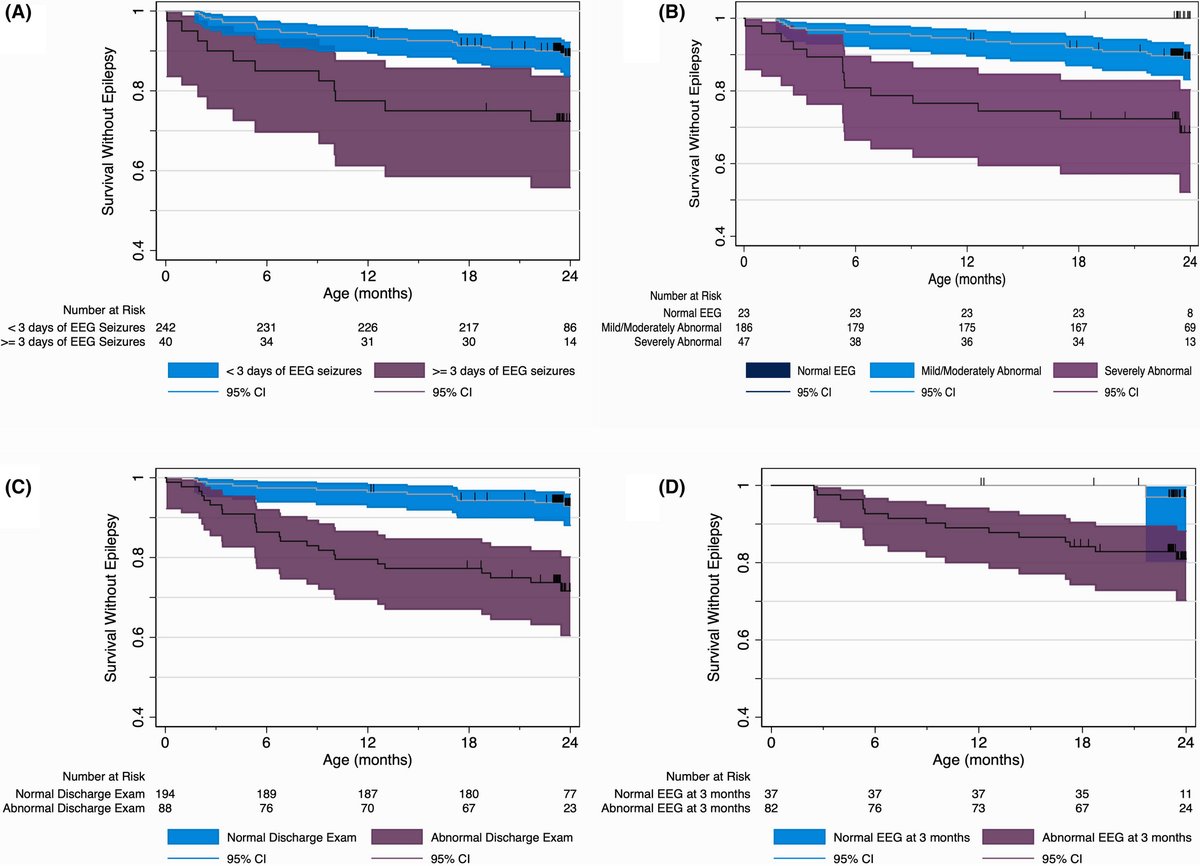

Your child should eat before being tested.Remove any hair accessories before going to the test centre.Do not use any conditioners or hair products. The scalp should be clean and oil-free for the test so that electrodes can stay on your child’s head and work effectively. If the doctor has ordered a sleep test, adjust your child’s sleeping schedule (reduce sleep) according to the doctor’s instructions and avoid caffeine drinks.Before an EEG Expand Before an EEG Section Different patterns of activity from different spots on the scalp point to different kinds of epilepsy. Tests that have been done on people with epilepsy commonly show uneven activity or large changes in the voltage of brain waves (spikes). Sometimes, the brain of the person with epilepsy functions perfectly normal during the test. An EEG can only measure abnormal electrical activity that occurs during the test period.

It is important to remember that an abnormal EEG does not diagnose epilepsy nor does a normal EEG reading exclude epilepsy. This safe and painless procedure will not affect your child in any way. A neurologist uses these recordings to help identify the location, severity and type of seizure disorder. An electroencephalograph is the instrument used to register this activity and record it on graph paper. It records electrical activity on the surface of the brain to identify the location of the abnormally firing neurons that cause seizures. The EEG allows the doctor see if there are any irregularities electrical activities occurring in the brain that may produce seizures.Īn electroencephalogram is a non-invasive diagnostic test. Electro refers to electricity encephalo refers to the brain gram refers to record.Ī doctor may administer an EEG test to determine whether your child has epilepsy and in what form.


 0 kommentar(er)
0 kommentar(er)
